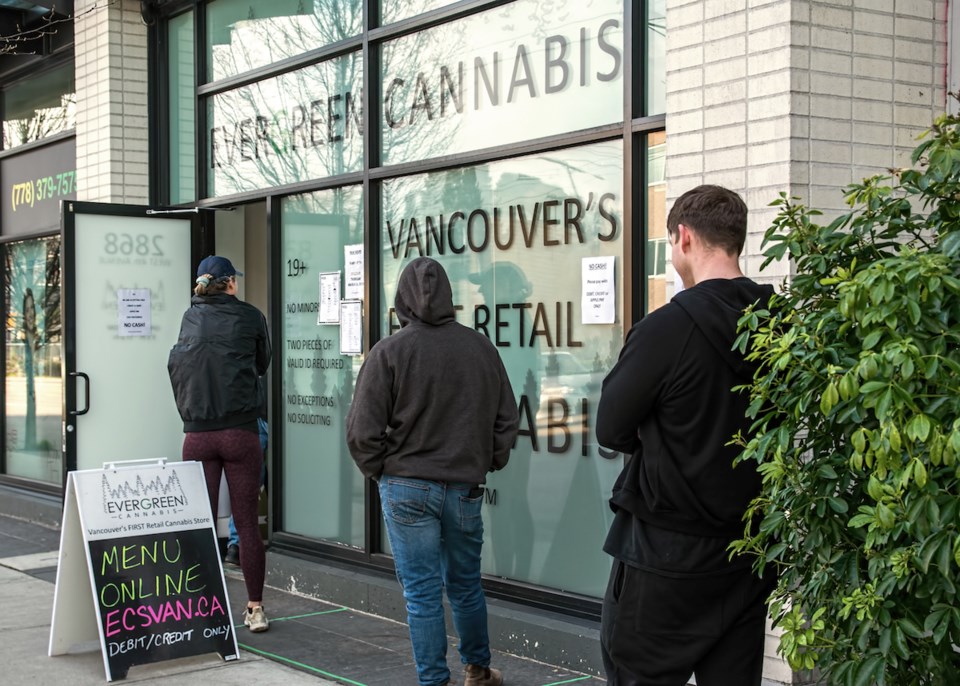New data from Statistics Canada shows farm cash receipts continue to trend upward, increasing in 2019 by 5.7 percent or $66.1 billion to mark the ninth consecutive year of increase and the largest single uptick since 2012.
But that number is less impressive when cannabis is removed from the equation because it represents 2.8 percent of the total growth.
Without it, farm cash receipts increased by 2.9 percent — only slightly higher than the 2.4 percent average increase experienced in the past five years.
“It’s still a positive story, but I would say it’s less positive,” said J.P Gervais, vice-president and chief agricultural economist for Farm Credit Canada.
Crop receipts totalled $36.6 billion over 2019, up 3.9 percent. That too is largely due to a $1.7 billion increase in licensed cannabis producer receipts during the first full year of legalized recreational marijuana use. More than half of the growth in cannabis receipts, 56.5 percent, came from Ontario and Alberta.
“Nobody knew the extent to the growth of cannabis. We knew that it was growing,” Gervais said.
Without cannabis factored in, crop revenues across the country declined 1.1 percent.
Reports from the first three months of the year show farm cash receipts went up 5.5 percent compared to the same period last year, to total $16.9 billion with every province but Manitoba, Saskatchewan and Newfoundland and Labrador showing increases.
But again cannabis played a huge role: without it factored in, crop receipts dropped 4.7 percent, according to Statistics Canada.



